Gallup: A crisis in the cold
Gallup: A Crisis in the Cold from Blair Miller on Vimeo.
GALLUP, NM — Two U.S. senators are calling what is happening along Historic Route 66 in the sprawling high desert of western New Mexico a “public health crisis.”
People are coming weekly in throngs from the vast expanses of Native American land reserves surrounding the city of Gallup – a quiet town along Interstate 40 often used as a stopover for travelers headed west – to work, hang out and drink alcohol.
But many of them never make it back to where they came from.
Over the past two winters, 24 people have died outside in the cold. Their causes of death range from hypothermia to alcohol poisoning and natural causes, but people in and around the city often group the deaths together and refer to them as being caused by “exposure.”
All of the people who died were Native American.
Sitting on the eastern edge of the Colorado basin, nighttime temperatures during the winter often sit in the single digits but can sometimes dip to as low as -30 degrees Fahrenheit.
For more than 20 years, varying levels of funding have provided for a single detoxification center in Gallup that doubles as a temporary shelter for those with no way to get home at night.
But the center, the Gallup Detox Center – referred to as Na’nizhoozhi Center Inc. (NCI) for years – now risks losing funding altogether.
New Mexico’s U.S. Senators – Democrats Tom Udall and Martin Heinrich – have managed to help secure emergency money through Indian Health Services (IHS) to keep its doors open through the end of the winter, something that just weeks ago seemed in doubt as funding had only been set through February.
There are other funding proposals on the table through grants the city and county have applied for, as well as through the state legislature, but none of those are guaranteed in a tight fiscal year in New Mexico.
It’s just the latest in the saga of a yearly fight for money to keep the all-important center open in the poorest county in one of the poorest states in the country, and everyone involved worries what will happen should the already-meager trickle of funding dry up completely.
SEARCHING IN THE COLD
Miles James is just 21 years old, but he and a handful of other young men – most of whom are Native American – are the front line in the battle against alcoholism and death each night in Gallup.
He is a Gallup Community Service Aide (CSA) and is tasked each night with being on “ditch patrol” – layering up and scouring the ditches, arroyos and open spaces in the city looking for people out in the cold.
Most of the time, the people he finds and picks up are intoxicated to some degree. The lucky ones are still alive.
“If they drink too much, they don’t feel the cold. They think they are a lot warmer than they actually are,” Miles says. It’s 2 a.m. and 5 degrees Fahrenheit.
Alcohol and hypothermia – and often a combination of the two – are the main culprits behind the deaths. Both cause blood vessels near the skin to expand, which creates the sensation that one’s skin is burning or that it’s much warmer out than it actually is.
“It could be like tonight – it’s almost zero or below and they could feel like it’s hot. 80 or 90 [degrees],” he says. “So they just pass out wherever they want.”
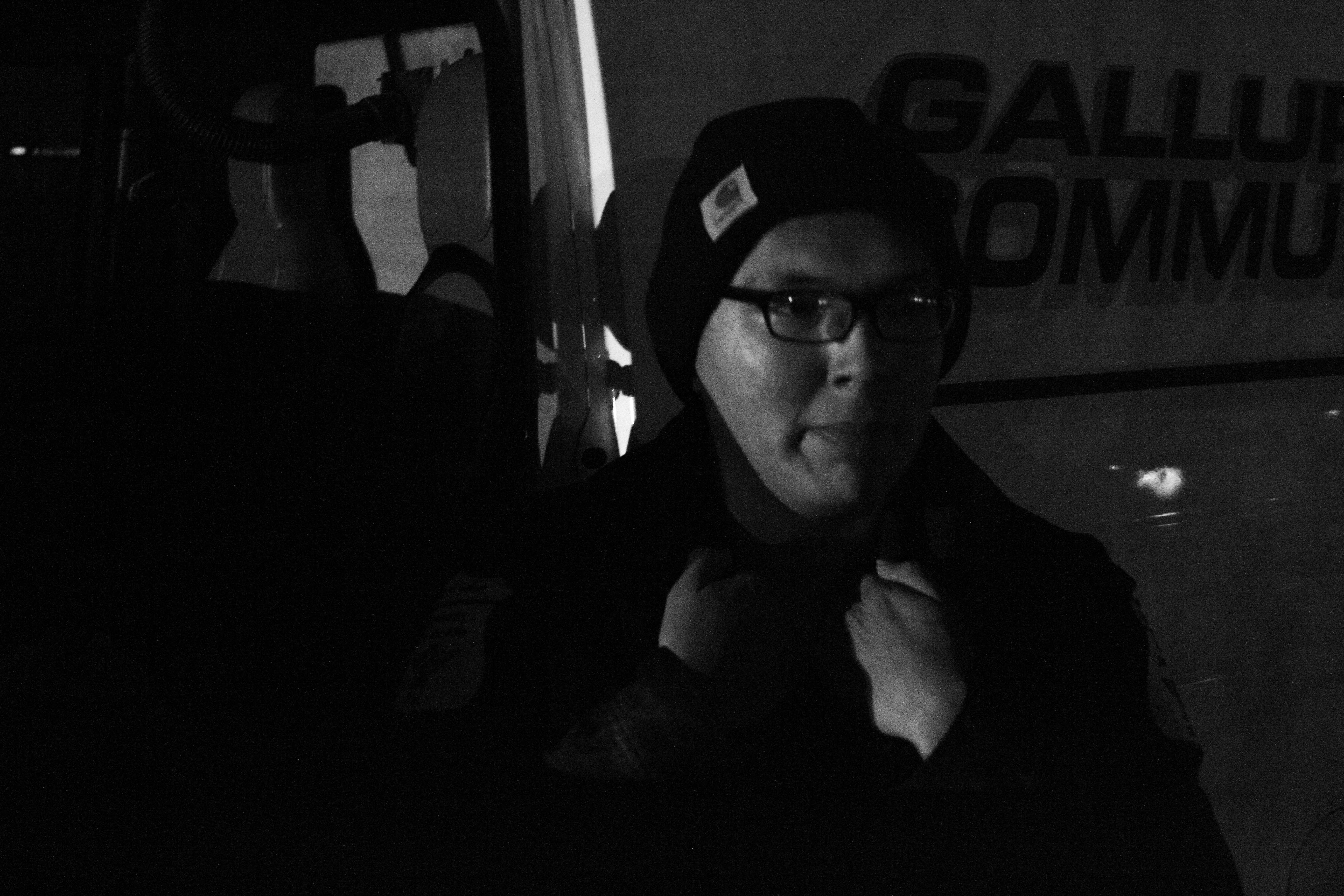
Most of the people who have been found dead were found barely-dressed with layers of clothing discarded nearby – some naked entirely, or partially submerged in water if it got warm enough that day.
Once Miles gets off the main streets, his LED flashlight, a spotlight on his van and whatever moonlight is available are his only way of spotting the people, who often find nooks out of sight to lie down and possibly meet their end.
“They are pretty good at not having us find them,” he says. “They could be one place one year and then the next be in a whole different area.”
If the CSAs don’t find them, someone eventually will, Miles says. But it sometimes isn’t until days or weeks after they’re already dead.
View: Map of unattended deaths over past two years in Gallup with victims’ details. (Mobile view here.)
A man found dead last year had been partially eaten by wild dogs. Many were found frozen solid. Those who weren’t found immediately after death often had signs of decomposition if it was warm enough outside. Nearly all of them had significant blood alcohol levels, according to autopsy reports.
The CSAs usually work in pairs and have to cover the 13.4 square miles of the city each night in cargo vans fashioned with large metal lockboxes in the back, which are used to house the people they pick up who are still alive.
Though the CSAs are not licensed police officers, they often get called to assist the Gallup Police Department, which James says usually only has a handful of officers working each shift. He and the CSAs will pick up anyone who is intoxicated and/or causing trouble and transport them back to the detox center.
The center sometimes serves up to 100 people a day.
The Gallup Detox Center was first founded in 1992 as NCI to try and help remedy the alcoholism and unattended death problems in the area, a systemic issue that has been part of life there as long as anyone there can remember.
Gallup is surrounded almost entirely by Native American communities: the Zuni, Hopi and Navajo people are all native to the area.
The city serves as the main hub for the area, as people come in from the reservations for work, to see family and often times to drink. Alcohol is prohibited on the Navajo Nation and allowed only in personally-consumable amounts on Zuni Pueblo.
The reservations also historically have extremely high rates of unemployment and poverty unmatched in most other parts of the country. Even the non-reservation portions of McKinley County struggle mightily to find sources of economic development – all of which amounts to people living in the area having less to do and time on their hands to fill.
Some choose to drink away the problems.
McKinley County’s alcohol-attributable death rate in 2013 was 113 per 100,000 people – second highest in the state to Rio Arriba County. But that rate was twice the New Mexico average of 53 per 100,000 and four times the national rate of 28 per 100,000 people.
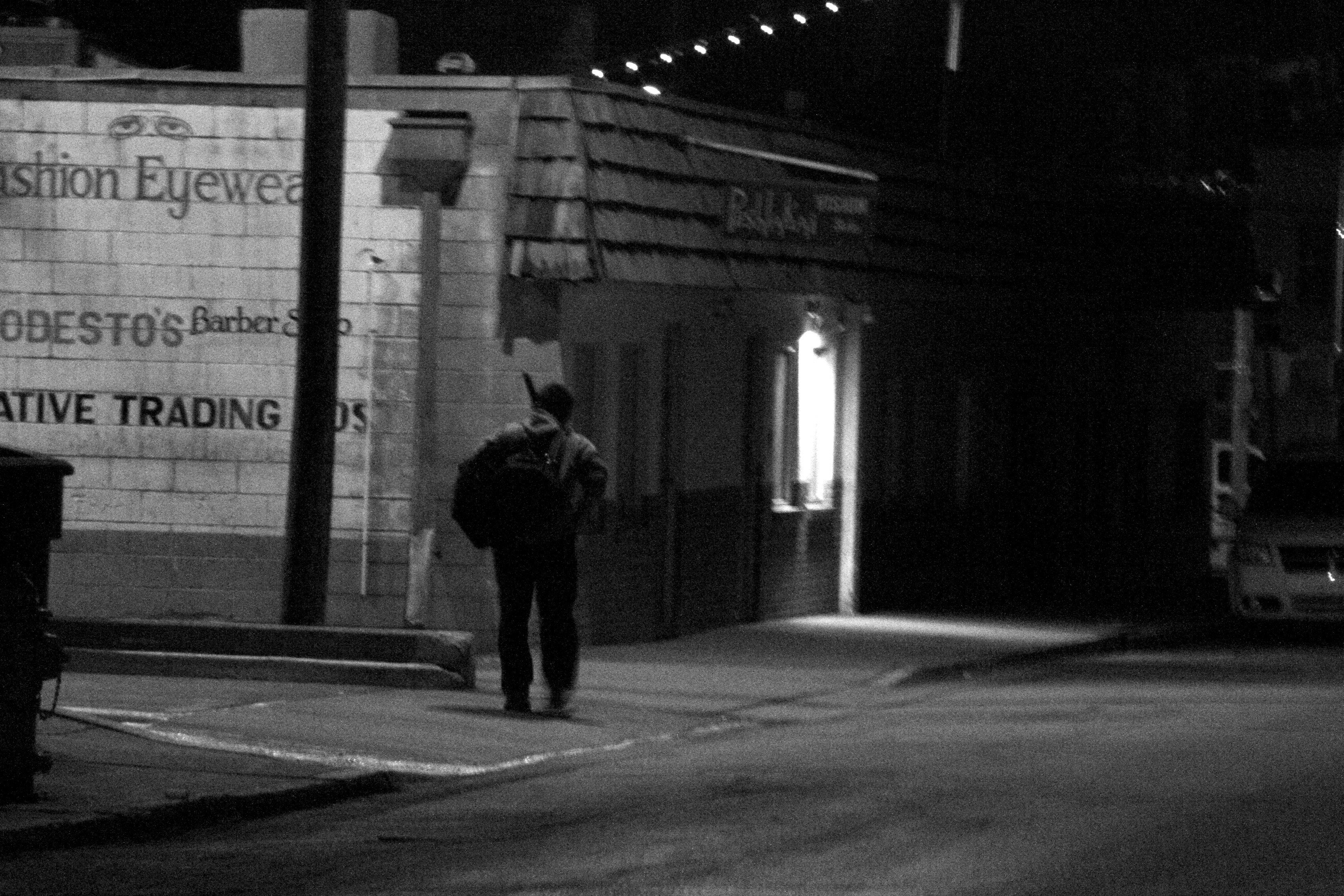
NCI AND THE CYCLICAL STRUGGLE FOR MONEY
In the late 1980s, a group including the Mayor of Gallup at the time, Eddie Munoz, marched from Gallup to the Roundhouse in Santa Fe to demand awareness of and action on the problems plaguing the area. Their march eventually led to the state providing money to study the alcoholism problems in Gallup.
Rep. Patricia Lundstrom, D-Gallup, moved to Gallup in 1985 and became director of the Northwest New Mexico Council of Governments in the early ‘90s.
“At that time, our police department was picking up over 30,000 individuals a year and putting them into a holding cell. And when we looked at that remote population of only 20,000 total in the community, it was greater than what the city of Chicago was holding,” Lundstrom said.
She and others helped secure one of 12 grants nationally through the Robert Wood Johnson Foundation in 1990 that first established a planning budget. Two years later, the foundation allocated $5 million to get the detox center up and running.
Local leaders were able to secure money through federal earmarks to put around $1 million a year into the IHS budget to help pay to operate the center mostly off that money. Other grants and budget allocations the city and county were able to obtain through the state also contributed to the funding, as did local taxes and other entities.
The center was able to provide shelter, meals and transportation for those who needed it. The city of Gallup banned wholesale packaged liquor sales. Some people still died, but the problem seemed to have stabilized.
That money stayed flowing through the ’90s and early 2000s until Congress essentially banned earmarks due to high rates of pork barrel spending – leaving necessary monies for programs like the detox center out in the cold and the center’s directors having to piecemeal funding together.
In 2013, funding dried up entirely. The Navajo Nation took over the facility and used its federal funding to pay for operational costs and to pay employees, including CSAs. The Navajo Nation’s money and $320,000 from the city of Gallup brought the operational budget to $1.6 million annually.
That same year, Rep. Lundstrom put $200,000 into the FY2014 General Appropriations Act to help funding efforts, but those portions of the budget were line-item vetoed by Gov. Susana Martinez.
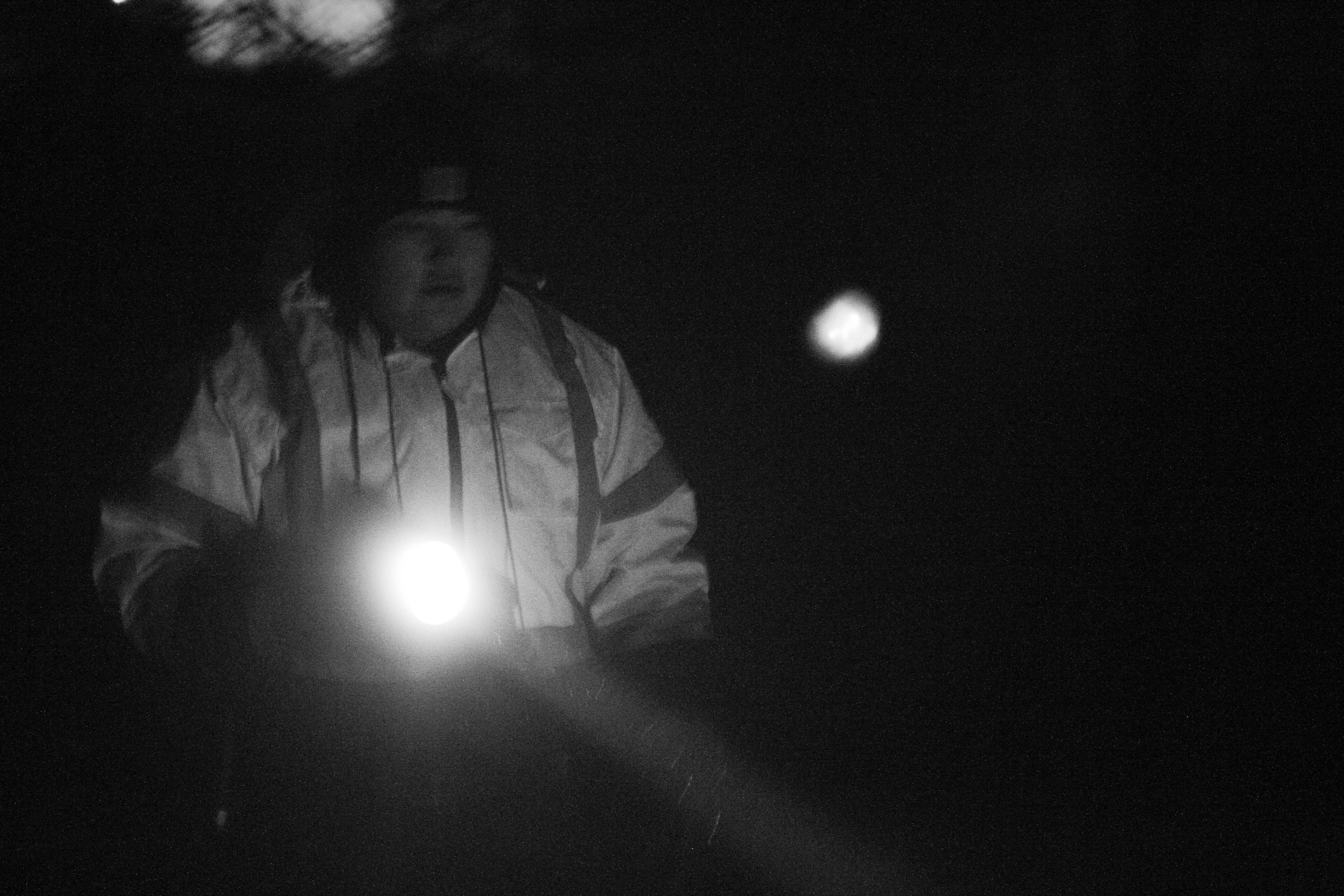
Lundstrom tried another fix during the 2015 legislative session, introducing a bill that would have established behavioral health investment zones for impoverished areas of the state with high alcoholism rates and other “indicators” that show a need for focused services and treatment. It was based off the Robert Wood Johnson Foundation model that had been in place for years that looked at evidence and researched-based solutions.
The bill passed both the House and Senate overwhelmingly. But that bill, too, was vetoed by Gov. Martinez.
The governor wrote in her veto message the bill would amount to “micromanaging the expenditure of behavioral health resources” and instead pointed to the $1 million total she allocated to the state’s Human Services Department to create its own behavioral health investment zones statewide “without the restrictive and concerning parameters” included in Lundstrom’s bill.
At the time, the detox facility alone was operating on a $1.6 million budget.
“It’s a mistake to have vetoed that bill. I think that bill was the answer to helping Gallup get on the right track,” Lundstrom says. “You don’t build a comprehensive program around one-time money.”
The Governor’s Office did not respond to multiple requests for comment on the vetoes and issues in the area.
Then, last October, the Navajo Nation terminated its contract with Gallup and dissolved funding for it except for $350,000 in emergency funding that had already been allocated to fund the facility and CSAs through the 2015-16 winter.
City and county budget managers used an additional $800,000 from the Gallup liquor excise tax – proceeds made from liquor purchases in the city – to fund the detox center and CSAs through February 2016: $500,000 for the detox center and $300,000 for the CSAs.
But with just around $1.1 million to operate on, the facility had been set to run out of money at the end of this month, again bringing Gallup and the surrounding communities struggling with alcoholism, education and treatment back to square one.
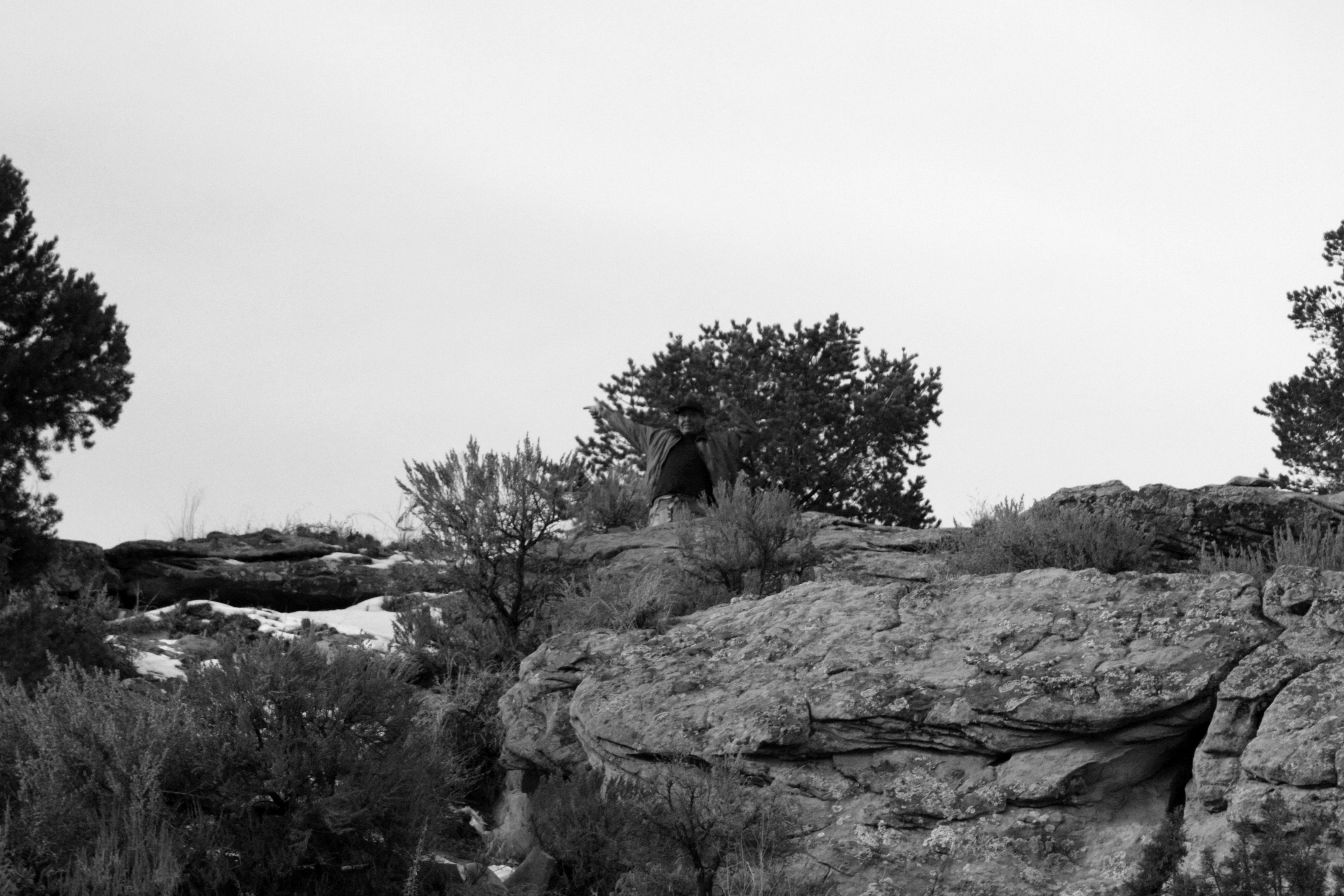
THE PEOPLE’S PROBLEM
Run into almost anyone in Gallup and they’ll have a story to tell about a family member who has died from alcohol or exposure, the nights they have spent on the street or at NCI, or the friend who found someone dead in a ditch while out for a morning stroll.
Walking through downtown Gallup on a Saturday morning, we ran into a woman from Lupton, Arizona – just across the Arizona state line on I-40 and on the Navajo Nation – who had just been released from the detox facility after spending the night there when she was picked up for being too drunk.
She says she’s had friends who have died of exposure, but said she isn’t afraid it will happen to her despite her continuing problems with alcoholism. She says she came to Gallup for the night because she had nothing better to do at home – a common theme among the large Native American population that can increase Gallup’s population by two or three times on weekends.
“There’s a lot of people that go in, get thrown in there and then they come back out and same old thing,” she says. “It’s just like they don’t want to go home because there is nothing there. There’s no jobs, you know? They just get bored.”
Another man, Chris James, was out drinking the night before at a popular bar and dance hall when the CSAs showed up to pick up a couple of people who were drunkenly fighting in the parking lot.
His cousin from Vanderwagen – south of Gallup on the way to Zuni Pueblo – died from alcohol-induced exposure in December.
“He was in town, he got off work, normal day through the night,” James says. “Somewhere down the line, he was walking down the street. Nobody bothered to pick him up or do anything. He just sat on the side of the road. They found him the next day – he was all frozen.”
He says he had just seen 15 people walking down the road trying to find a ride.
“They don’t know what we go through. We go through a lot,” he says. “We just try to go back home, try to make it back. There is no shelter.”
He says rehabilitation and treatment services in the area are badly-needed to stop the cycle.
“NCI only has 72 hours and that’s it. Then you get released, then you’re back on the street,” he says. “Then you go back and then you are back on the street. It’s just the way it is.”
Aside from NCI, there is a small shelter, but you have to be sober to stay there. There are also some local churches that provide services, and though they’ve helped turn a few lives around, neither can come close to matching even the meager services NCI offers.
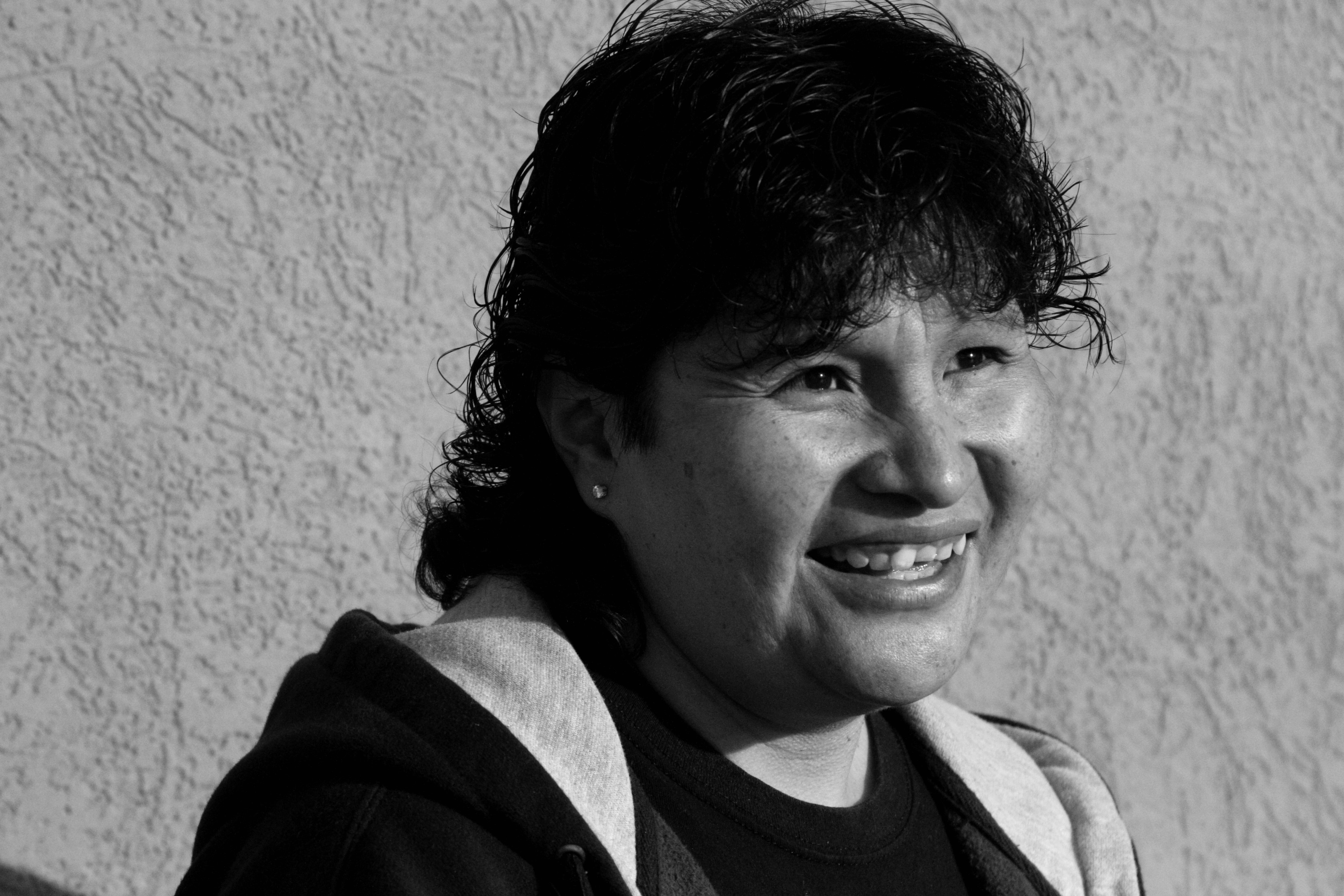
Kimberly Pinto, of Zuni Pueblo, is a year sober from drug and alcohol abuse after going through the Care 66 program, which helped find her housing, a job and helped guide her through Alcoholics Anonymous.
She’s now the head housekeeper at a Gallup hotel.
“I had to tell myself this is not the life I want to live out here,” she says. “It’s hard work if you want to change your life around. It was hard for me. To this day I am happy. I’m sober, I have a good job; I don’t want to live the way I used to live.”
Back out on patrol, Miles attests to the cyclical nature of the alcoholism in the area.
“A lot of people, you get to know them pretty well,” he says.
“They basically live at NCI. We just pick them up whenever they are drunk,” he continues. “It’s just like, ‘oh it’s you again. You know the drill. Just hop right in; we’ll be there in a bit.’”
Miles is headed off to the U.S. Army, but says his time as a CSA has left an impression and that he wants to come back to Gallup after his service to be a police officer.
“Who else is going to look for these people besides us?” he wonders.
“I always wanted to be one of those guys that says, ‘I did this. I saved this person’s life. I took care of these people while everyone just walked over them.’”
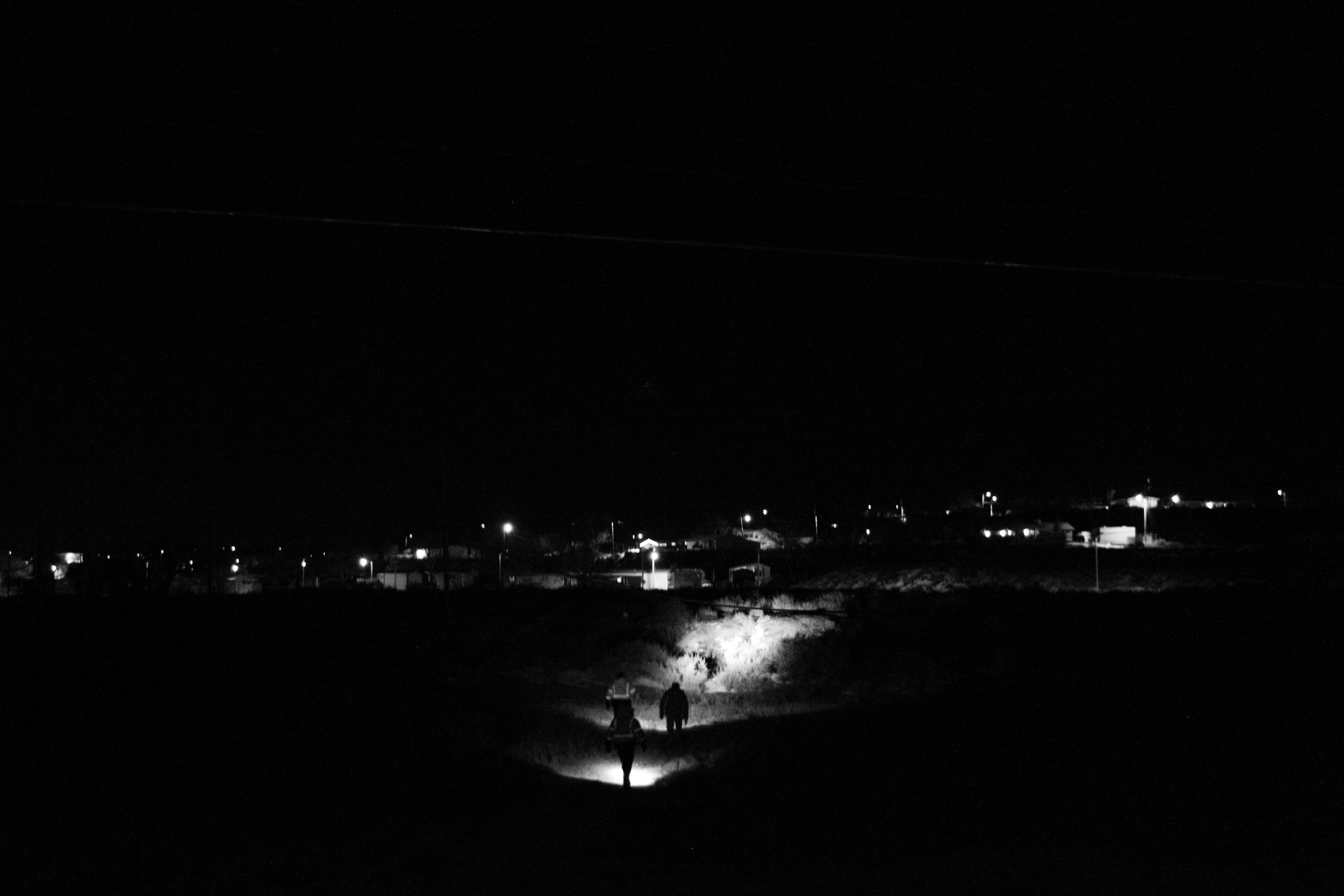
NO FORMIDABLE SOLUTIONS IN SIGHT
All facets of government – city, county, state, federal and tribal – have been working on a solution to the ongoing issue.
Sen. Heinrich wrote letters to various federal agencies for months to try and get them to come see the conditions in Gallup, but only a handful did.
Sen. Udall testified on the subject at a Feb. 4 U.S. Senate Indian Affairs Committee meeting, calling it a “public health crisis” and imploring the federal administration to help solve the problem.
Their efforts provided a short-term fix when IHS allocated emergency funds to help keep NCI open through this winter.
Rep. Lundstrom has tried to allocate money through various bills and the budget to NCI, as has Sen. George Munoz, D-Gallup. But with just a week left in the 30-day 2016 legislative session, none of the legislation has made significant strides, though it has not been killed entirely.
Lundstrom continues to push for behavioral health investment zones.
“If we can’t get some kind of commitment out of the administration to fund this behavioral health zone concept into next year, it still keeps us in chaos at home because we don’t know how much funding we have to work with,” she says. “We’ve got a massive problem that we all have to work with. I think that it just keeps us in a chaotic situation.”
Lundstrom estimates a proper program implemented in the zones most at-risk would take hundreds of millions of dollars.
“We don’t want to see this as something where you just sweep people off the sidewalk and put them in a holding cell,” she says. “It’s not just running NCI – it’s making sure that we have treatment programs with the local hospital. It means that we have transportation services for folks, that we have transitional housing, that we have educational programs.”
And while the long-term solution remains out of reach at the moment, the parties involved say they are adamantly working to solve the issue.
“If you had [17] people die in a major metro city across our country in America, it would be an epidemic,” Gallup Mayor Jackie McKinney said. “We need help. We need financial help. We need professional help. We not only want to get these people into detox, but we’ve got to create come programs – that continuative care that creates some hope.”
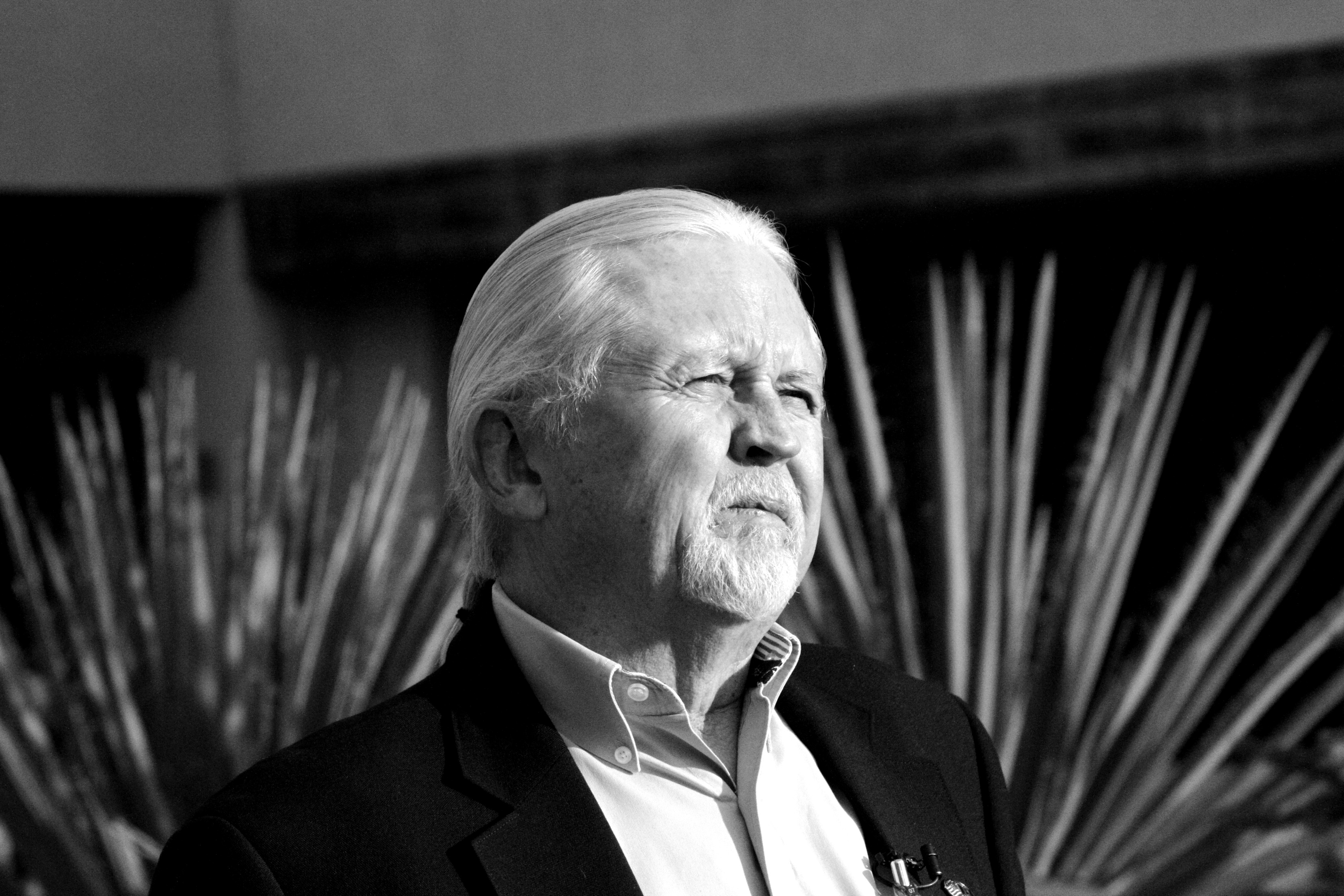
McKinney has seen the problem evolve in the 53 years since he moved to Gallup, but says it’s frustrating to see it persist.
“It’s better than it used to be, but it’s still not good enough,” he says. “As long as anyone’s dying, it’s never good enough.”
And while the issue involves mostly Native Americans from outside of his city, McKinney stopped short of placing the blame squarely on the reservations or the Native people. Instead, he said the federal government should bear most of the responsibility because of treaties it signed with Native tribes.
“In the signing of the treaties, our government committed health and education for eternity to our Native Americans,” McKinney said. “If they would take our local IHS hospital, create a detox wing and an in-house treatment program, I believe that those services would get people rolling along.”
“It’s not just the police department’s problem,” said Gallup PD detective Lt. Frank Boyd, who is Navajo. “It’s a community problem. It’s a surrounding government problem.”
Lt. Boyd has investigated many of the unattended deaths caused by alcohol and exposure, but says he also sees red tape and a systemic history impeding progress.
“It’s not a simple answer,” he says. “It’s not a simple solution.”
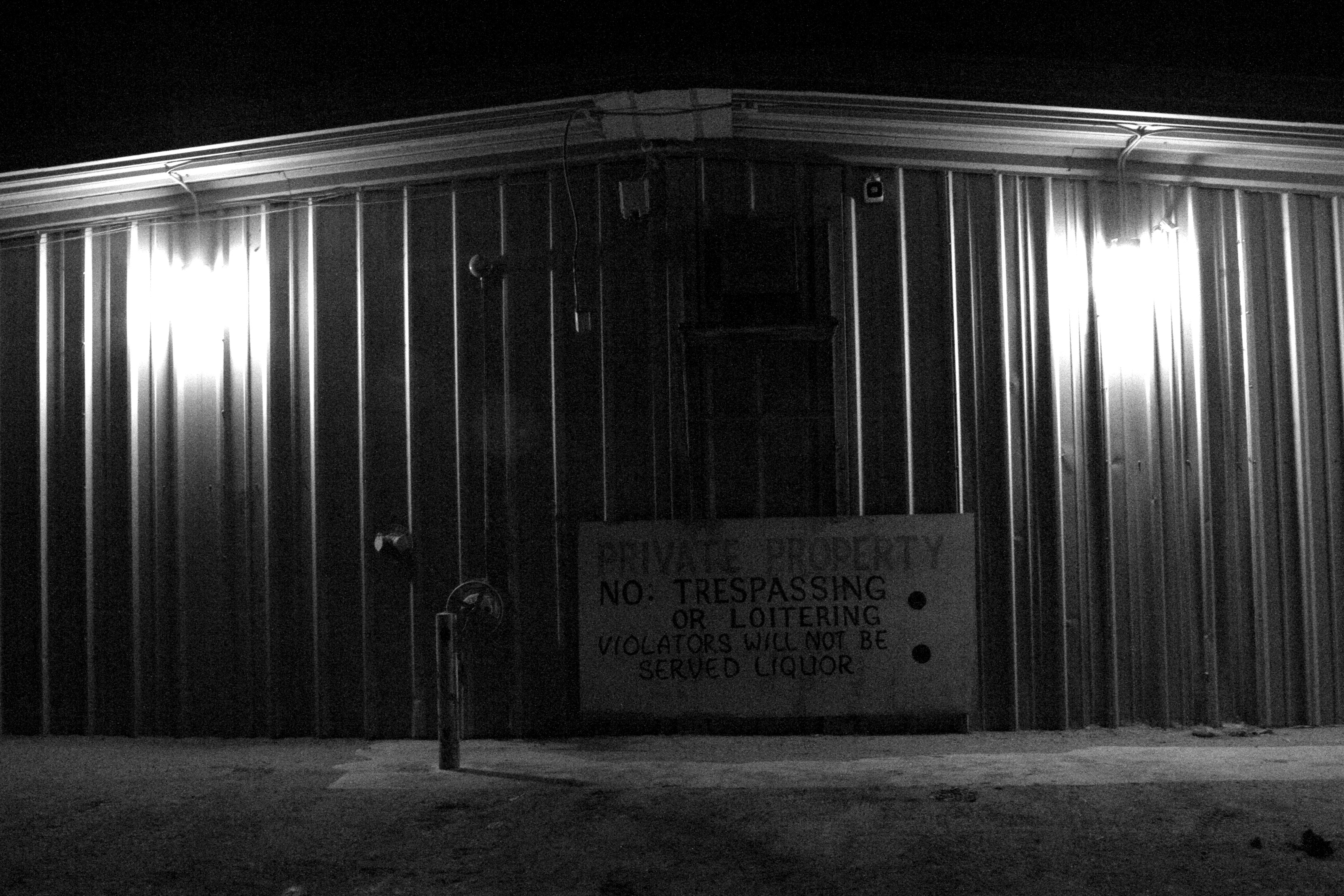
“I don’t want to see anyone else die. I think it’s unbelievable that we’ve had the exposure deaths that we’ve had,” Lundstrom said. “I don’t know what to say except the community wants change…and we need help.”
She says she talks to her fellow representatives each day about the issue to try and win over support for her proposals.
“I always tell them Gallup is the gateway to New Mexico. And what does it say to the traveling public to come into the first town in the state of New Mexico to be seen as the town with the highest exposure deaths due to alcohol abuse?” she said. “That’s not the branding you want for the state of New Mexico…we are the western gateway. We need to fix this.”
Spring and summer are just around the corner. Though NCI could be closed by then, people are much less likely to die of exposure.
But the next winter will be here quickly, and if something isn’t done to solve the funding issues there will be no NCI or CSAs. People will continue to come to town, get drunk and slowly freeze to death in the spaces around Gallup.
Only then, there will be nowhere to go and no one to find them.
Posted on: February 11, 2016Blair Miller